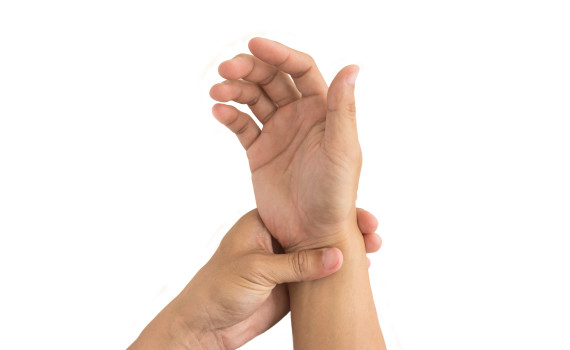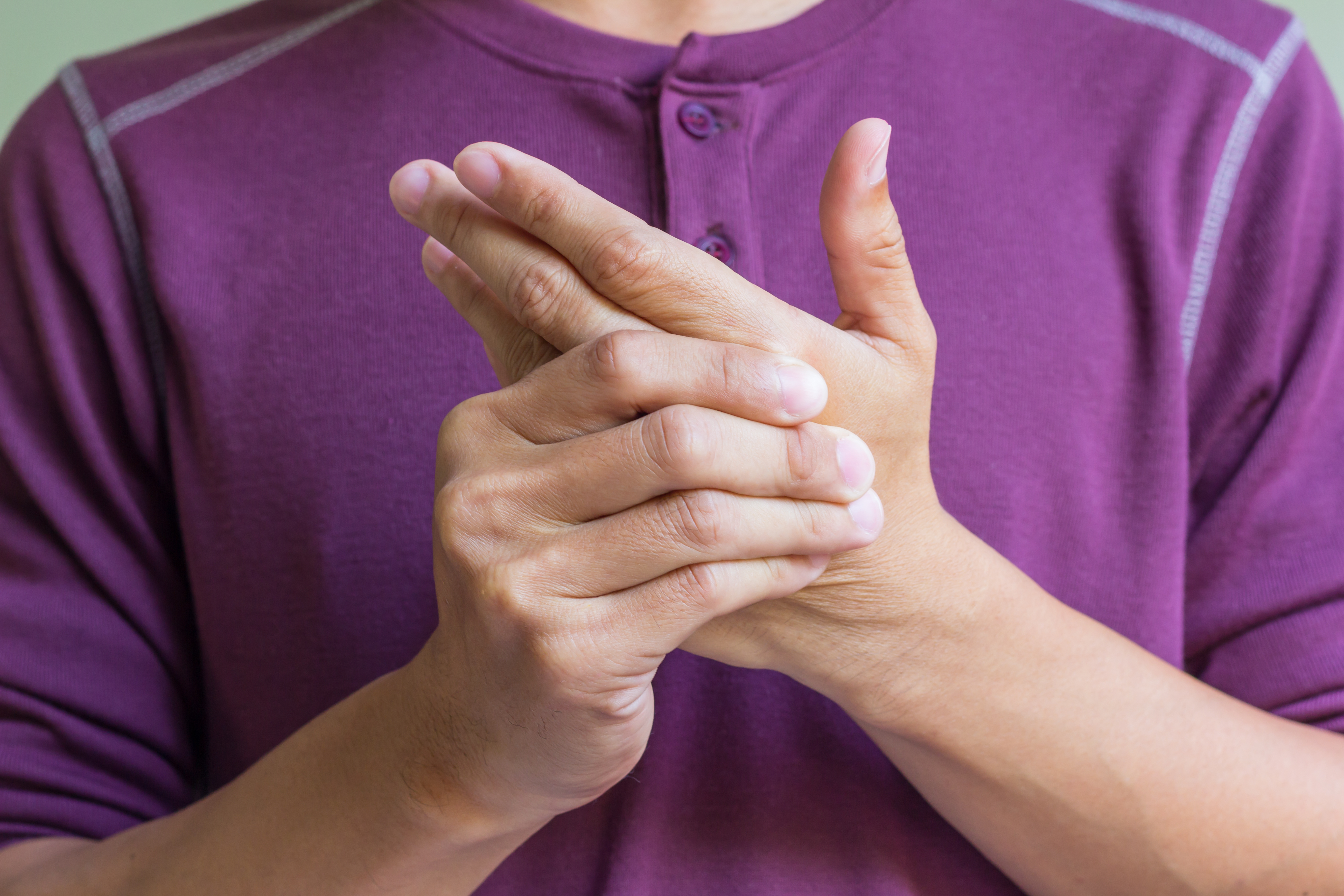
Dupuytren’s Contracture
Dupuytren’s contracture is among the more common hand deformities. It’s a condition that develops slowly over years, as the tissue under the hand thickens and contracts. As dupuytren’s contracture progresses it inhibits the patient’s ability to use the afflicted hand effectively. Fortunately, there are a number of treatments options available to patients with dupuytren’s contracture to ease symptoms, slow the progression, and even correct in severe cases. Read on for more on symptoms, risk factors, and treatment options.
Symptoms
The contracture usually appears in only one hand, though it may be present in both (often in these cases, one hand will be significantly more affected). Here’s what to look for:
- Early symptoms include:
- Thickening of skin on palm
- Puckered or dimpled appearance to skin on palm
- A lump of firm tissue on palm
- Later stages
- Cords of tissue on palm and extending toward ends of fingers
- Fingers pulled or bent inward toward palms
- Most common in pinky and ring fingers
Risk Factors
The cause of dupuytren’s contracture is unknown, but we do know many of the risk factors. Some of these include:
- Gender: It’s more common in men than women. Women with the condition usually experience less severe symptoms, and develop the deformity later in life than men.
- Ancestry: It’s especially prevalent among men of northern european and scandinavian descent.
- Family History: It tends to run in families.
- Age: In men, the condition usually develops after 40.
- Diabetes: Diabetics are more likely to develop dupuytren’s contracture, though they often has less severe symptoms
- Epilepsy: Epileptics are also more likely to develop dupuytren’s. The reason why is unknown.
Treatment
Dupuytren’s contracture can’t be cured, but the symptoms are treatable. Some of the more common include:
- Needling: In a needling procedure, a needle is used to break up the hardened cord of tissue causing a finger to contract. There’s no surgical incision, a fairly quick recovery time, and the procedure can be repeated if the contracture recurs.
- Enzyme Injections: In this procedure, a doctor injects an enzyme to help soften the problem tissue, then manipulates to area to help break up the contracture and straighten the palm and fingers.
- Dupuytren’s Contracture surgery: Surgery is used to provide more complete and long lasting relief in patients experiencing severely reduced function because of dupuytren’s contracture. Dupuytren’s contracture surgery allows surgeons to remove the mass of hardened tissue.
If you’re experiencing any of the symptoms of dupuytren’s, or have been diagnosed but aren’t sure about what your next steps should be, we encourage you to request an appointment with our hand treatment specialists.



